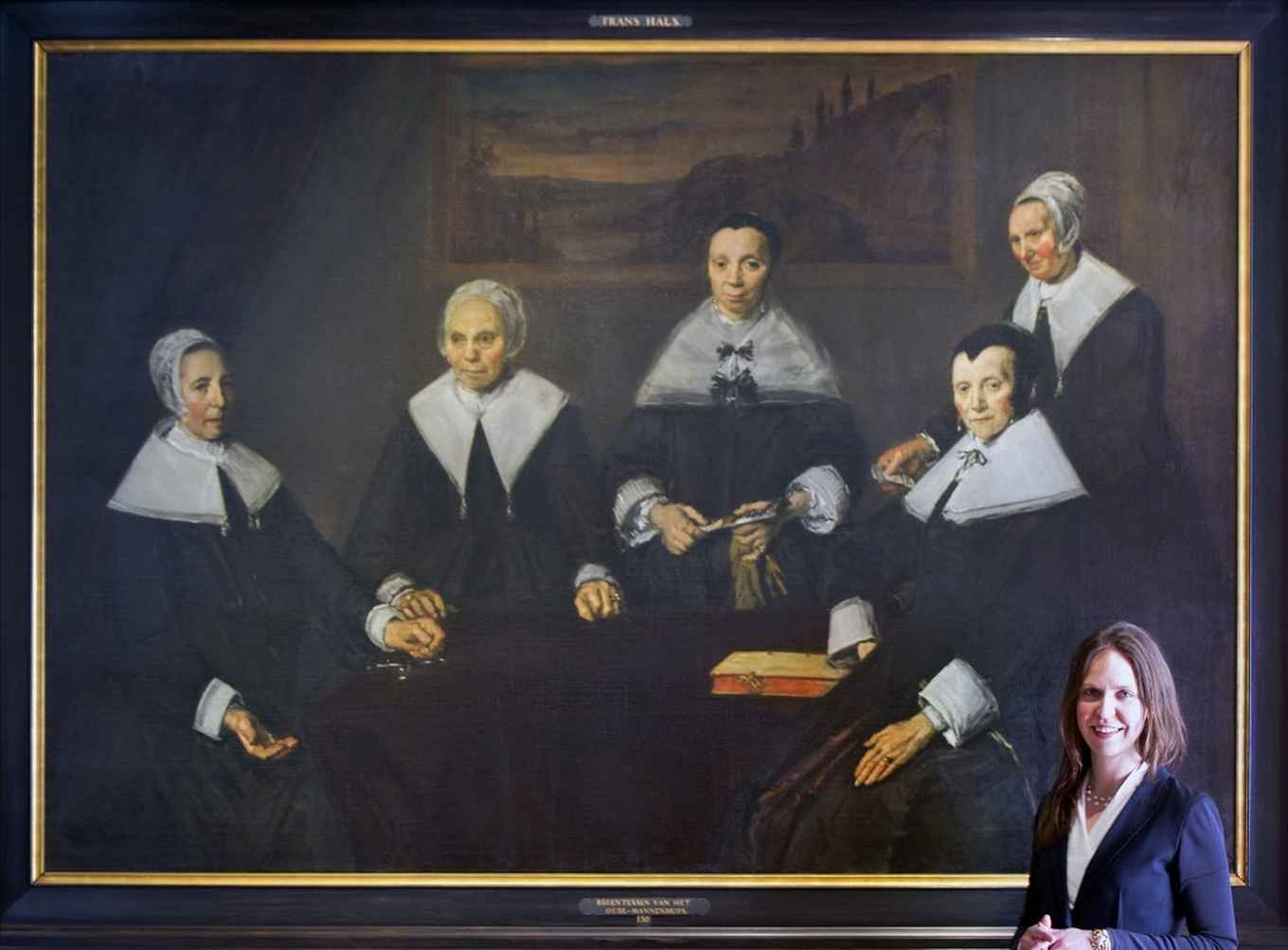Art of Laughter: Humor in the Golden Age
21 oktober 2017

Jokes, and particularly coarse or bawdy humor, were apparently central to the life and art of the Dutch 17th century, according to a new exhibition at the Frans Hals Museum here, The Art of Laughter: Humor in the Golden Age which runs from November 11 through March 18, 2018. When Ms. Tummers and Elmer Kolfin began researching the exhibition in 2015, they took an inventory of artworks from the period at the Netherlands Institute for Art History, known as Rijksbureau voor Kunsthistorische Documentatie (RKD), looking for those that were based on humor, and discovered some 2,500 examples, ‘where it was not just a funny detail’ as in one of the famous skating scenes by Hendrick Avercamp, ‘but where it was really the essence of the picture.’
The type of humor in the pictures breaks down into three categories. More than half make scatological references (in which ‘human excreta feature prominently,’ according to the exhibition catalog) while sexually suggestive images make up much of the rest. In the second category, the jokes often focus on ‘unbridled lust or unequal love.’ The third category is trompe-l’œil images — which are designed to fool the eye — or painted practical jokes, which had been in existence since antiquity but surged during the Dutch Golden Age.
Link to the whole article